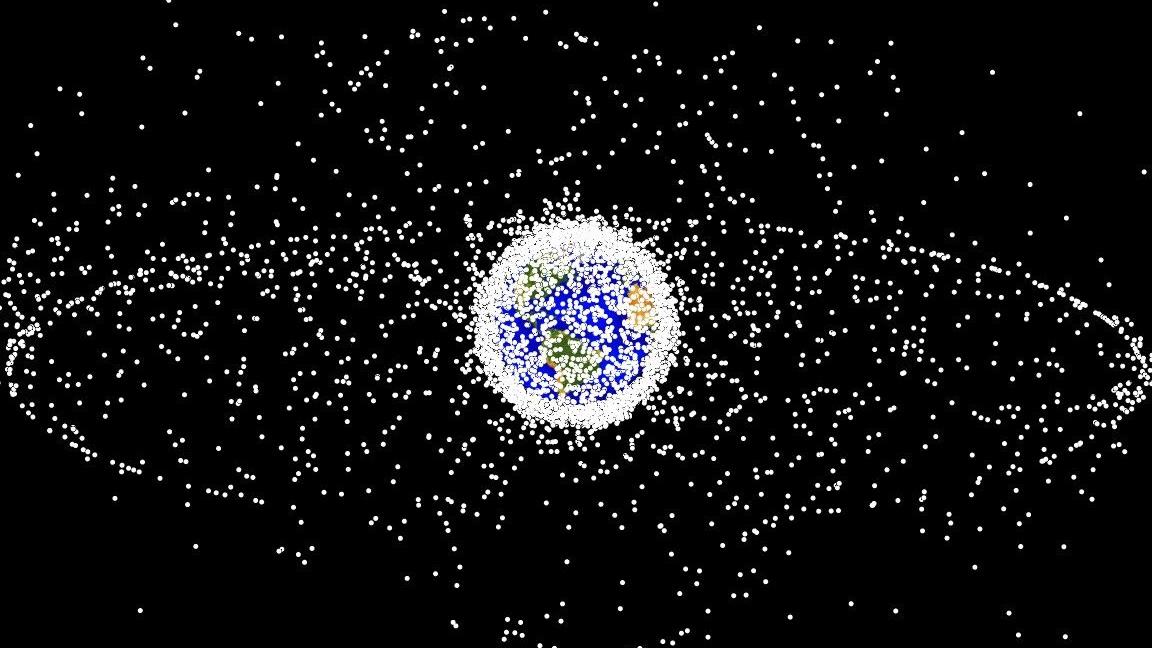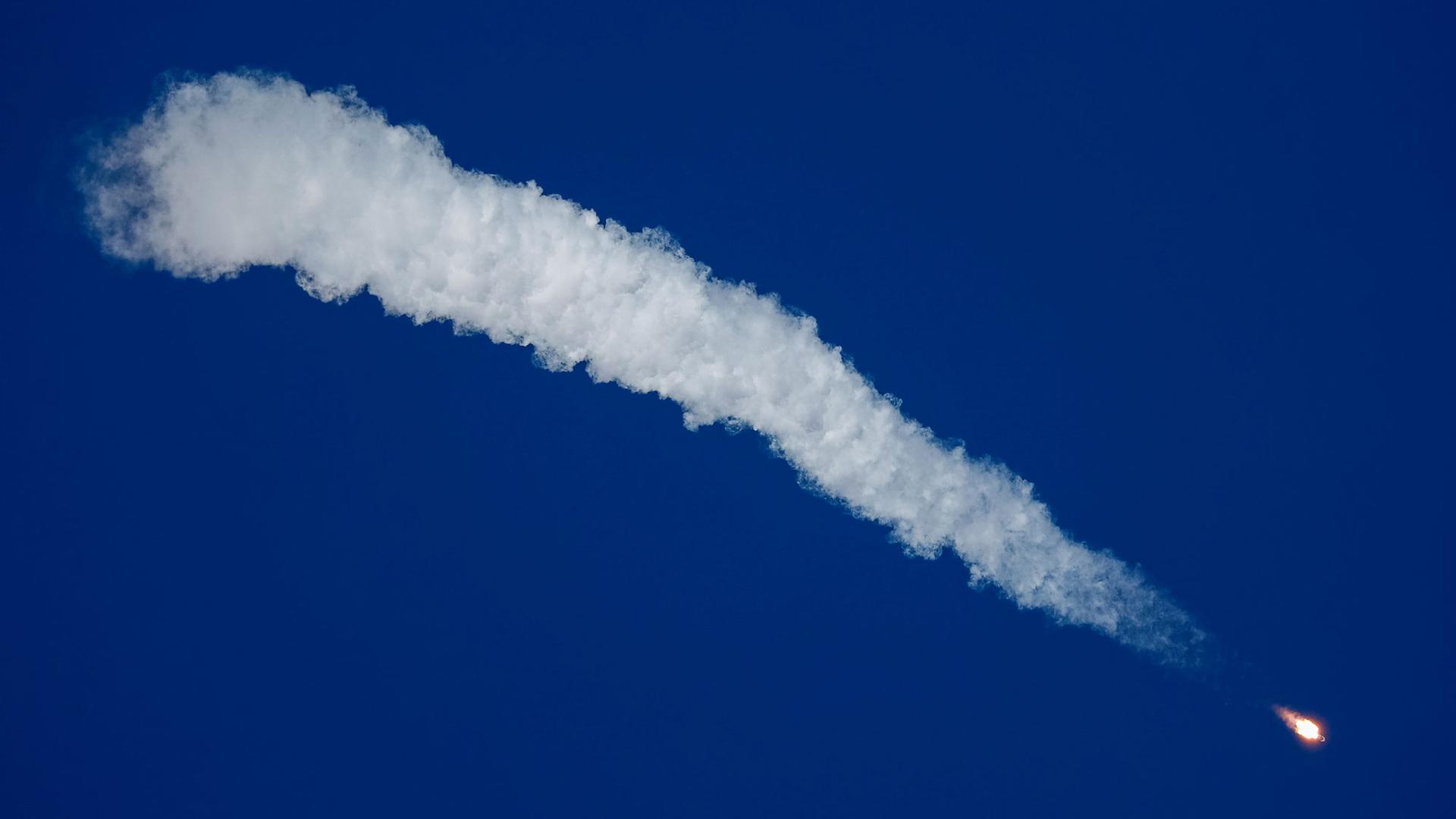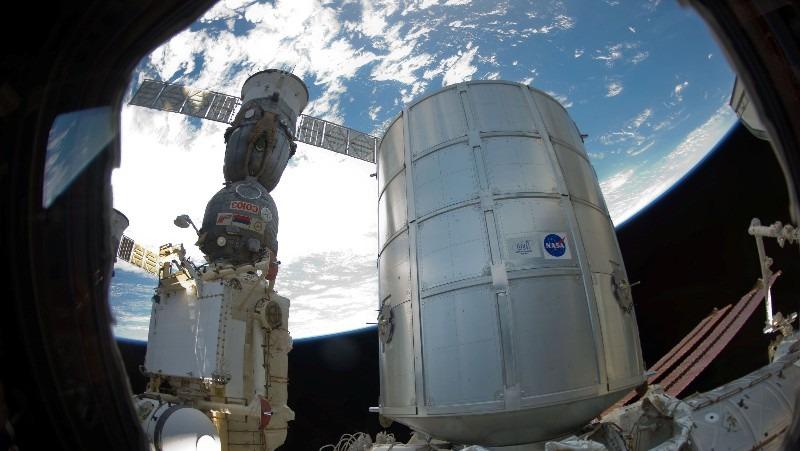International Space Station
French and US astronauts spacewalk for space station repairs
French astronaut Thomas Pesquet and US astronaut Shane Kimbrough switched on their spacesuits’ internal battery power, and walked into space to help install three new, refrigerator-sized lithium-ion batteries to upgrade the power system at the International Space Station.
NASA is using twin brothers to observe the effects of zero gravity on the human body
The International Space Station has hundreds of experiments on board, testing everything from how plants grow in space to the effects of microgravity on an astronaut’s eyes. But NASA may have scored the ultimate controlled experiment with test subjects Scott and Mark Kelly, twin astronauts.
Astronauts could soon be blasting space junk with lasers
A recent proposal by Japanese researchers would equip the International Space Station with a laser beam that could blast pieces of orbiting debris away. The reason? Hundreds of thousands of pieces of space junk are circling the Earth at more than 17,000 miles per hour, posing a danger to the ISS and other space projects.
A study of astronaut twins will give NASA some key genetic insight
Scott and Mark Kelly, like many twins, are taking part in a genetic study to see how environment affects them differently. There’s one key twist, though: Scott is commanding the International Space Station, and NASA hopes to see what his yearlong mission might do to his genes.


